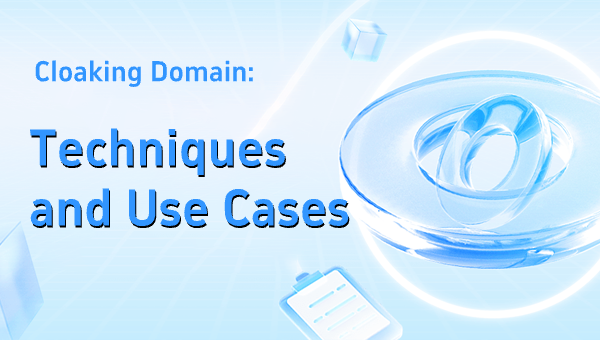Cloaking Domain: Techniques and Use Cases
Introduction: The Role of a Cloaking Domain
In the evolving landscape of affiliate marketing and paid advertising, a cloaking domain has become a key asset. It allows marketers to run aggressive campaigns, protect brand credibility, and minimize bans by showing safe, policy-compliant domains to ad platforms, while serving optimized offers to real users. Understanding how to properly configure and manage a cloaking domain is vital to ensure performance and compliance.
What Exactly is a Cloaking Domain?
A cloaking domain is a dedicated domain used to display different content to bots versus real visitors. It acts as a buffer between your sensitive offers and the advertising or SEO platforms reviewing your ads.
Decoupling Traffic Sources: Separates your traffic origin from the final conversion funnel, which helps manage compliance risk.
Protecting Tracking IDs: Hides affiliate or campaign identifiers from third parties.
Flexible Routing: Enables redirecting or changing offers instantly without affecting ad platform approvals.
How Cloaking Domains Work
Bot Detection: The cloaking system checks whether a visitor is a platform reviewer, search crawler, or a real user, using IP blacklists, user-agents, and behavior signals.
Dynamic Serving: If the visitor is a bot, the cloaking domain presents a compliant or generic page. If the visitor is real, they see the optimized promotional page.
Smart Redirects: Some setups use advanced server-based or JavaScript redirects to ensure seamless user experience while staying undetectable.
Geo-Routing: You can set rules to send traffic to different offers by country or region, maximizing relevance and conversions.
Advantages of Using a Cloaking Domain
Protect Advertising Accounts: Reduce bans and suspensions by presenting “clean” content to reviewers.
Increase ROI: Show high-converting offers only to target users, not to bots.
Stronger Branding: Maintain a professional branded domain that reassures users.
Operational Agility: Change your funnels in real time without resubmitting for platform approval.
Real-World Use Cases
Affiliate Campaigns: Affiliates running health, finance, or aggressive verticals often rely on cloaking domains to pass platform checks.
PPC Advertising: Ad networks with strict rules on claims and disclaimers can be bypassed using a compliant cloaking domain.
SEO Experiments: Running A/B tests with different funnel offers while keeping bots away from the tests.
International Marketing: Serve country-specific creative while maintaining a consistent domain structure.
Common Risks to Watch Out For
Poor cloaking implementation can break your tracking or trigger ad disapprovals.
Repeated policy violations, even with cloaking, could still lead to domain blacklisting.
Cheap cloaking tools may expose your offers to competitors or leak sensitive data.
Always work with experienced providers like adcloaking.com to deploy secure, up-to-date cloaking domain infrastructure.
